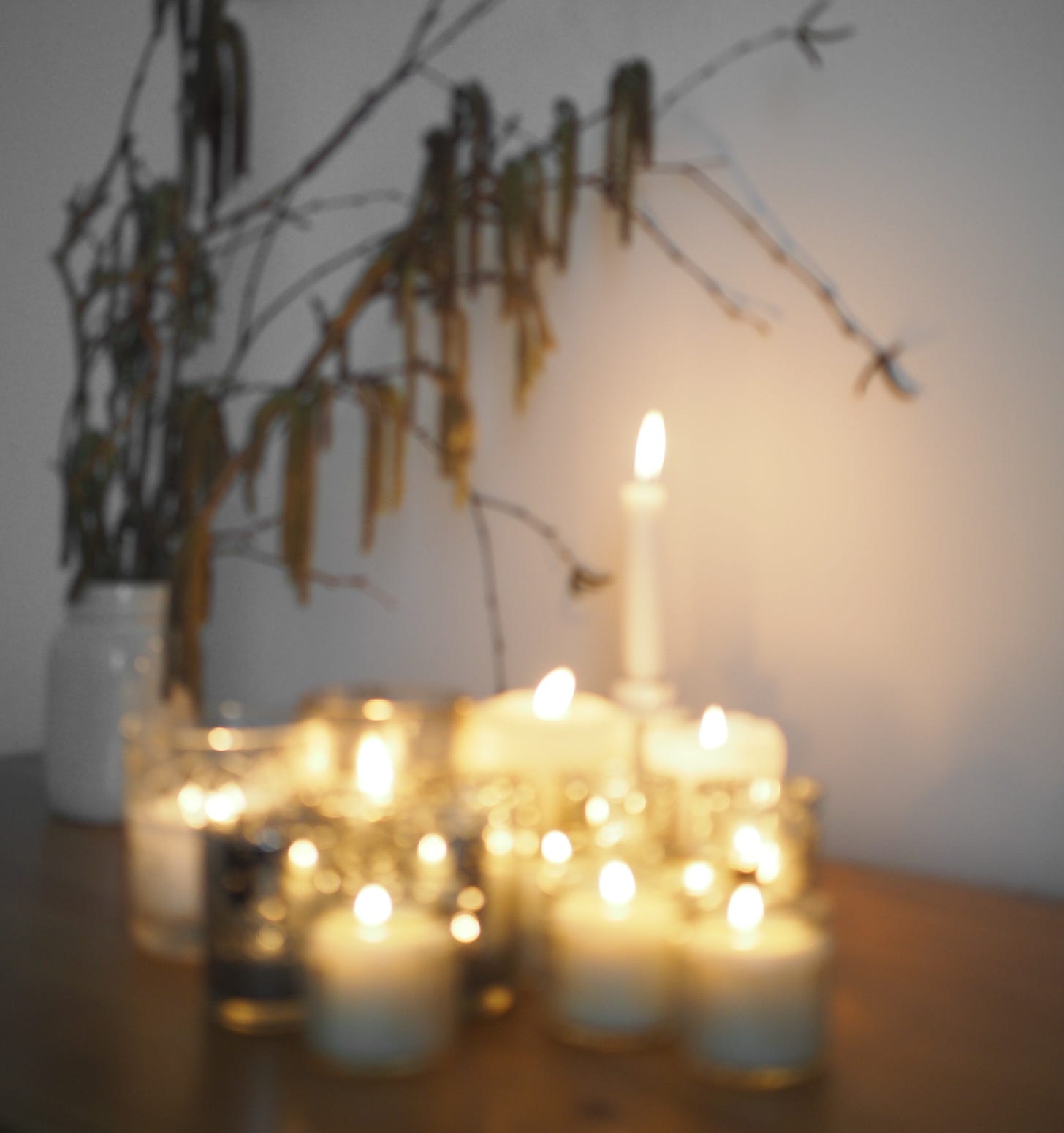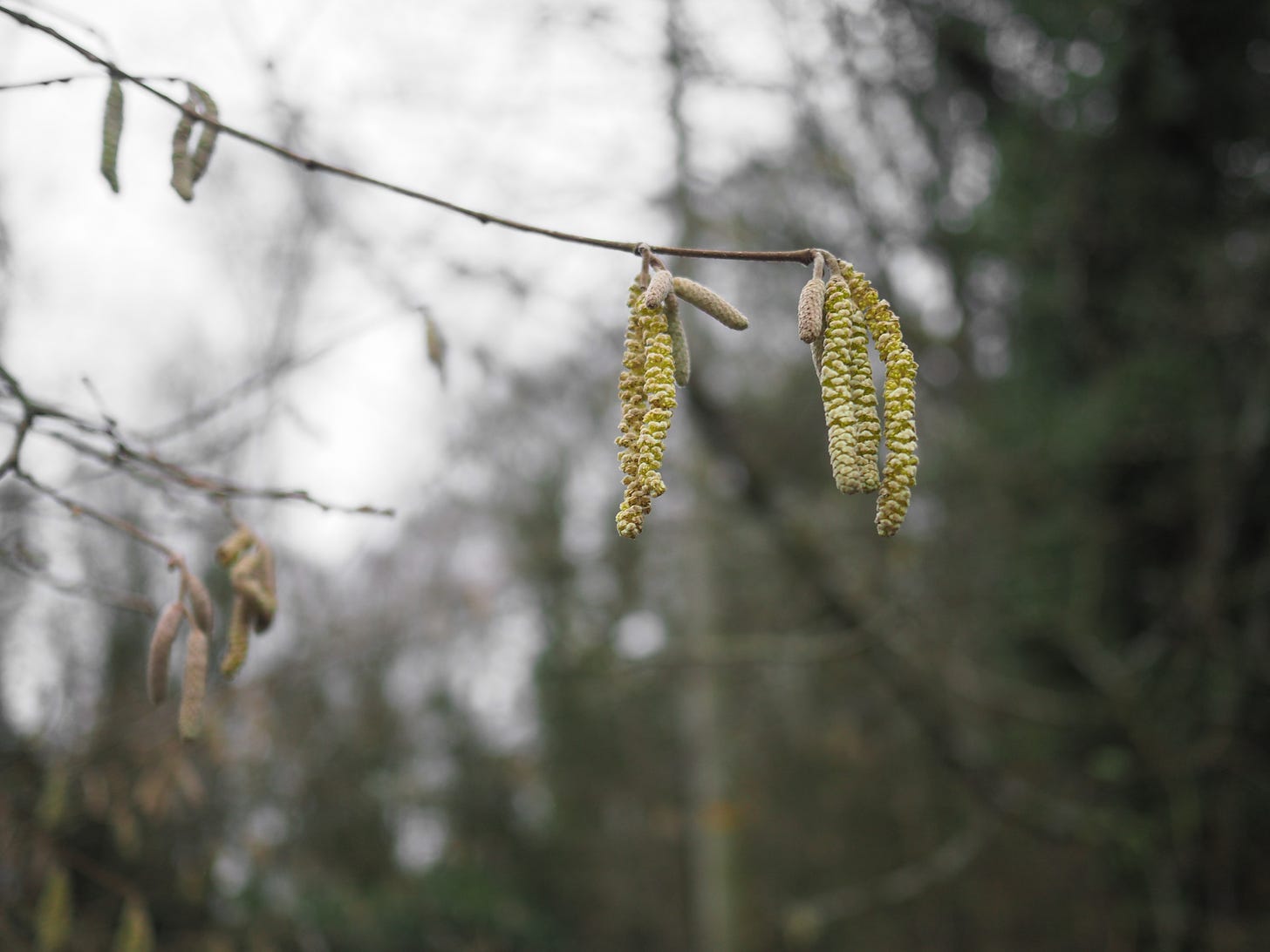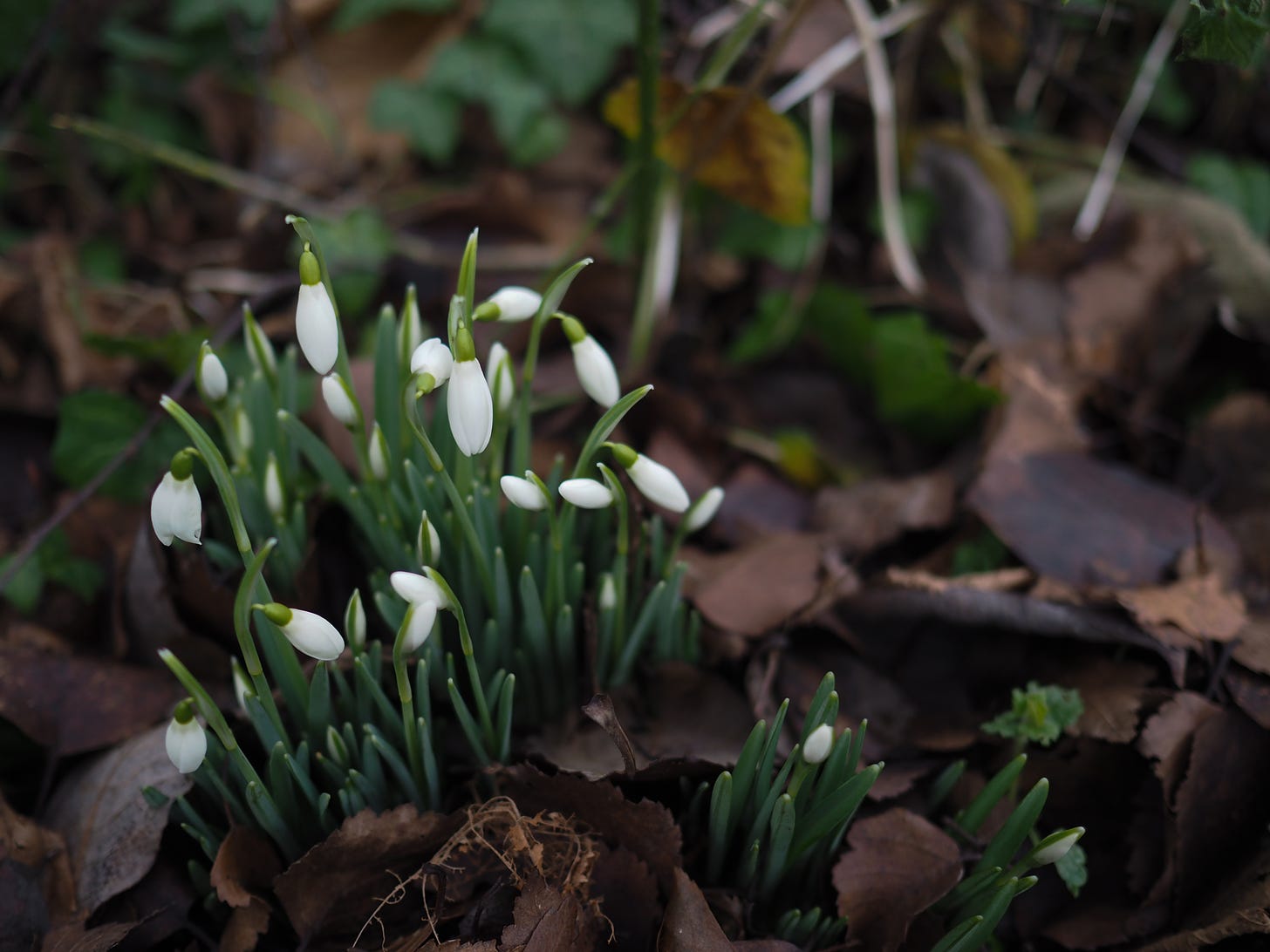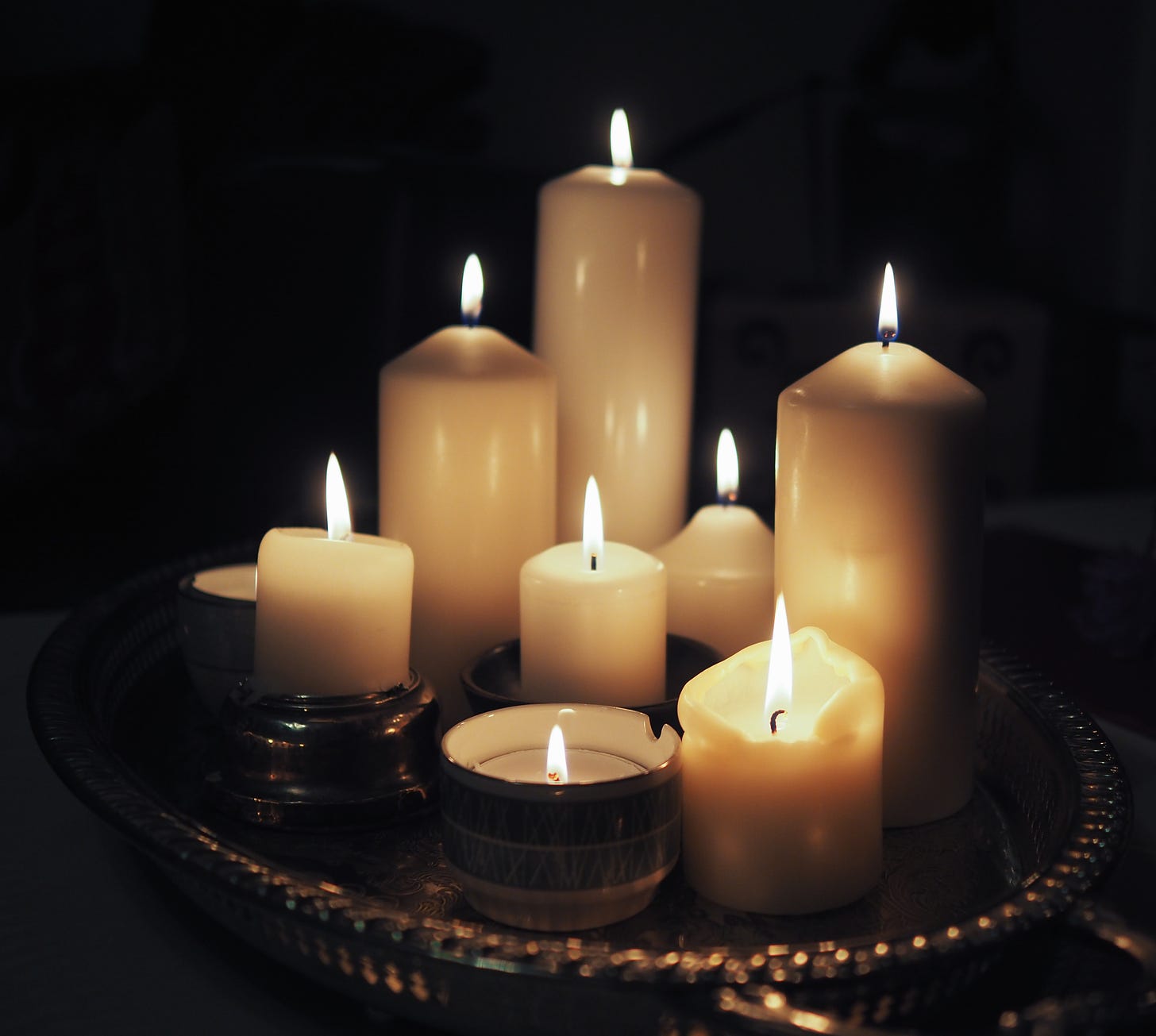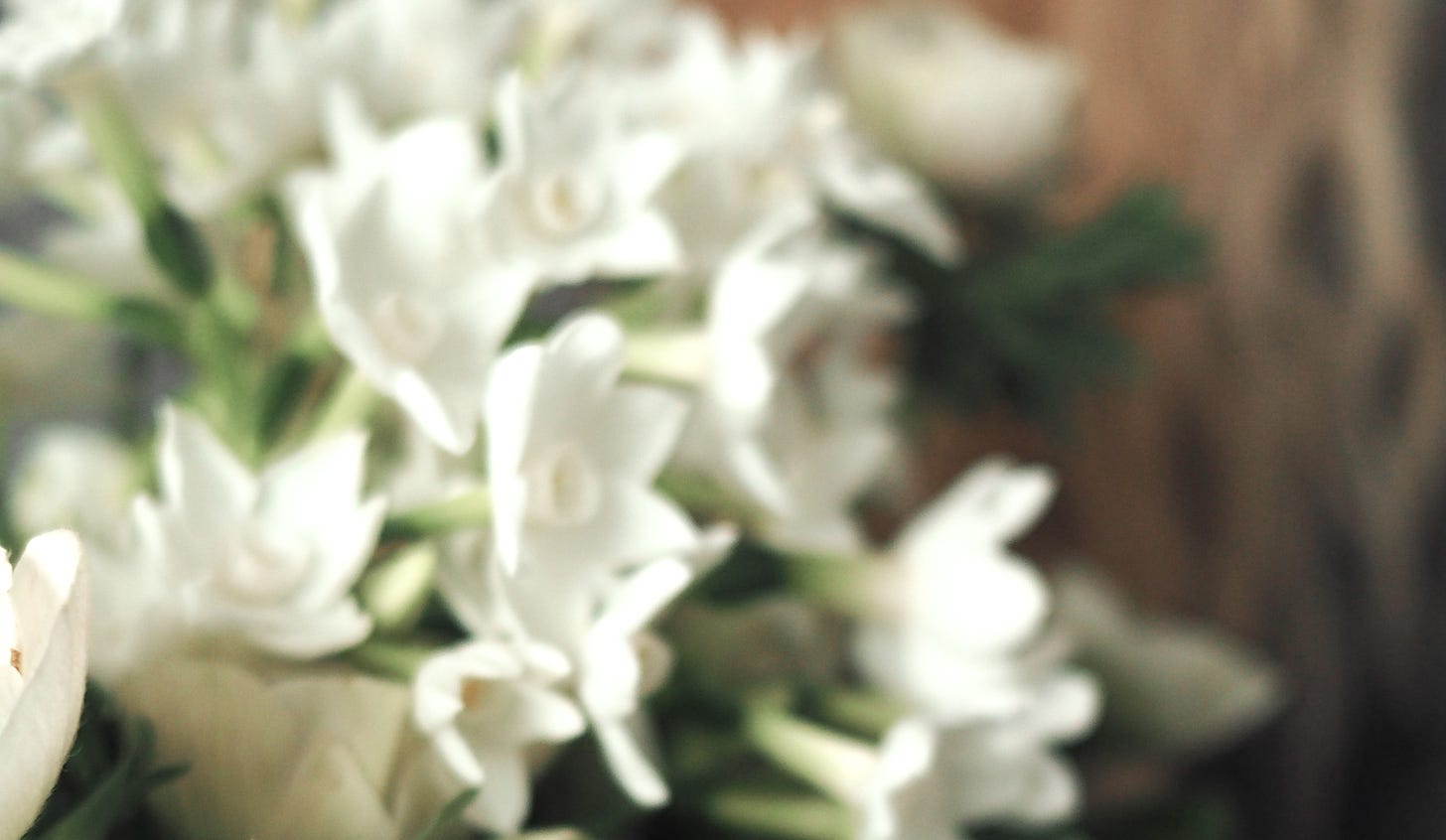The festival of Imbolc falls on the 1st or 2nd of February. It’s one of the four Celtic cross-quarter fire festivals, celebrating the transition of the sun through the seasons. Although it’s one of the four fire festivals (which perhaps sounds full of bustle and merrymaking), Imbolc is tranquil and meditative, reflecting the gradual return of the light. This gentle sabbat in which we mark the beginning of spring and the first stirrings of shoots in the earth, brings a glimmer of hope and promise.
The word Imbolc is thought to come from Oimelc, the old Irish word for the beginning of spring, which itself is derived from oi-melg, meaning ewes milk.
Imbolc has its roots in ancient Celtic tradition which pre-dates Christianity. It’s one of the eight festivals comprising the Wheel of the Year, which are connected to the seasons and the farming calendar. It is believed the Celtic cultures celebrated four of the eight festivals - the ones which marked significant changes in the agricultural year that governed their lives. In the farming calendar of later centuries, they became known as the cross-quarter days which fall between the equinoxes and solstices. They are Samhain (31st October), Imbolc (2nd February), Beltane (May 1st) and Lammas (or Lughnasadh, August 1st). Seasonal changes were very important to the agricultural Celts, who depended on the Wheel of the Year to dictate when to plow, sow, harvest, and rest.
The turning of the Wheel represents the continuing birth, death and rebirth of nature. With the sun’s movement throughout the year, we can feel the changes that it has on our mood, our energy and our bodies. I’ve found that by celebrating the festivals and observing the changes in the year it puts me in touch with the natural world and helps me to feel more hopeful. The year has a cyclical rhythm, not a linear progression. So each time winter comes, by Imbolc I know that warmer and brighter days are imminent.
Imbolc is about beginnings. The very first of the fresh new growth is just starting to push through the dark soil. All around us there are signs of the earth re-awakening. The sap is rising, with buds appearing on branch tips waiting for the moment (not quite yet) to burst open. Everything is moving from the inside to the outside, from being cocooned in the earth, to emerging up above ground.
Symbolically, we can think of Imbolc as the clearing out of old habits ready to welcome in the new. It’s a time of letting things go and creating an open and receptive space for inspiration. As the physical debris of winter is cleared away and the green growth returns, I think of this festival as coming out of hibernation and greeting the world again with a big stretch! Moods lift, relief sets in and energy levels rise (admittedly, I speak personally here!). Most of the activity is happening beneath the surface as we prepare ourselves for new growth and the next stage of the year. There’s an urge to move forward.
Imbolc is also rich with folk traditions and customs. Candles are lit in place of outdoor fires. They signify cleansing, purification, transformation and the spark of life. They also represent the growing light. Imbolc is also known as the festival of the Goddess Brigid who represents knowledge, language, music, the arts, healing, poetry, craftsmanship, creativity, blacksmithing, hearth and home. I think she sounds awesome. She has been worshipped as a goddess since the times of the early Celts, pre-christianity and long before she became a saint. Even if you don’t hold any spiritual beliefs and practices, the symbolism of Imbolc (or perhaps even the mythology, if that’s what you prefer to consider it as) is beautiful.
Outside, the snowdrops are pushing up through the cold ground. A sign that things are moving towards spring. Already the days are noticeably longer than at Yule. It’s this light that stirs the seeds underground. The birds are starting to pair up; the catkins sway, peppering the air with their pollen, and the quickening of the earth offers rich new life and nourishment. I think this is worthy of celebration.
We’re halfway between winter solstice and spring equinox. It’s time to shake off the dust. With the promise of warmth and transforming landscapes we’ll soon have new life, birdsong, leaves uncurling and bright colour returning. The world will soon be green again.





